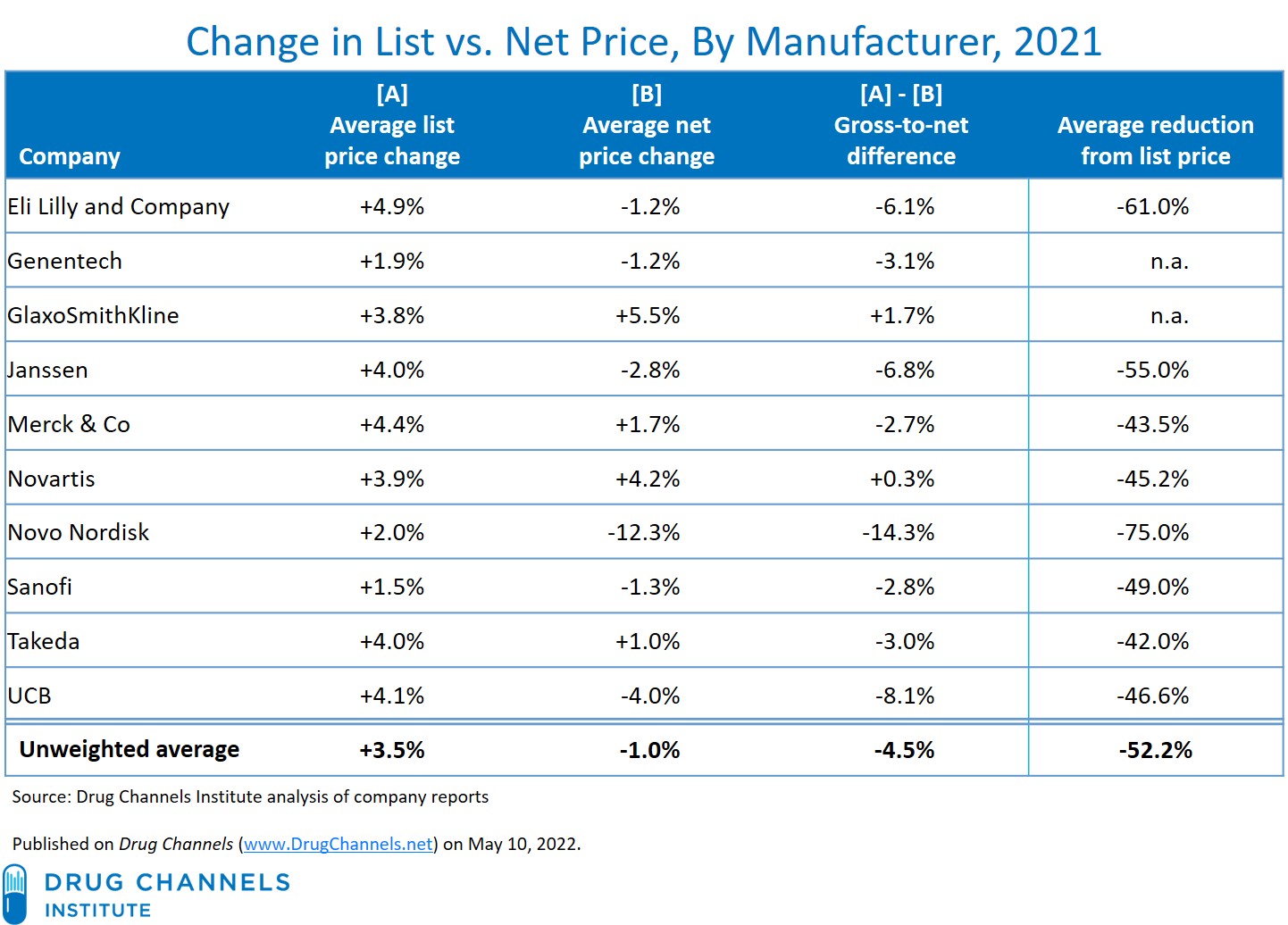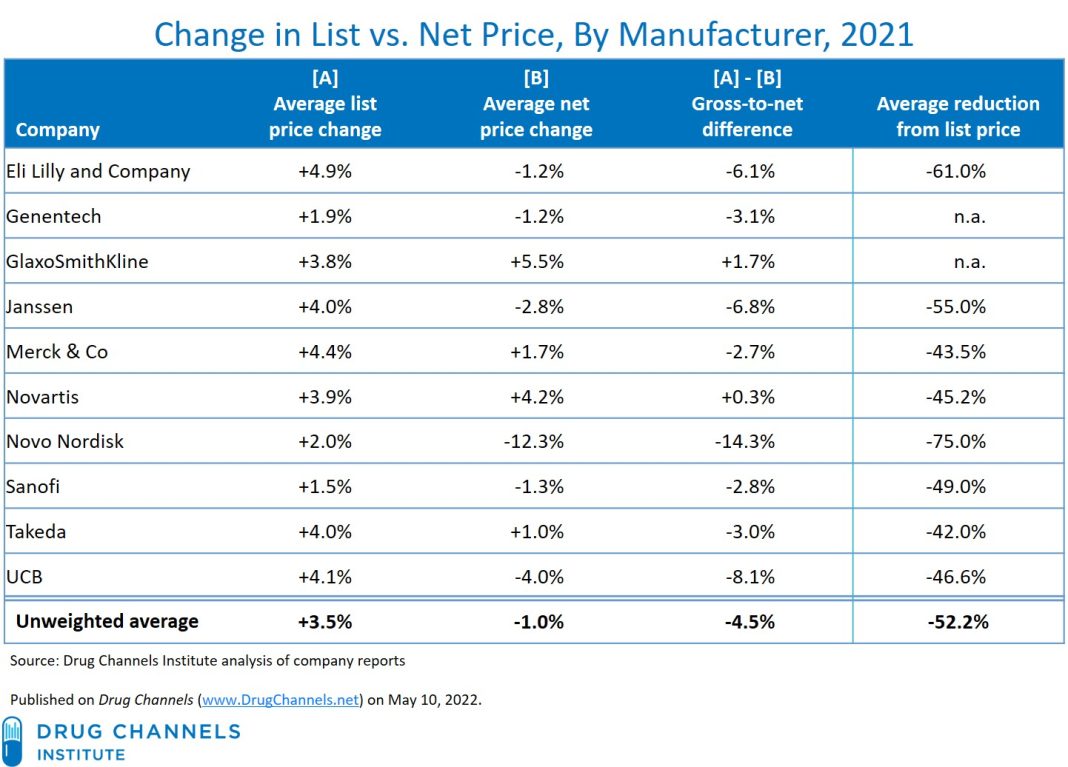 HHS Announces Price Cuts for Medicare Drugs, Saving Billions for Beneficiaries
HHS Announces Price Cuts for Medicare Drugs, Saving Billions for Beneficiaries
The Department of Health and Human Services (HHS) has made a significant announcement regarding the prices of drugs covered under Medicare. They have successfully negotiated lower prices for 10 of the most expensive and commonly used drugs, which are expected to save beneficiaries $1.5 billion in out-of-pocket costs. This move is projected to save the Medicare program a staggering $6 billion in the first year alone.
Medicare’s negotiation process with pharmaceutical companies marks a groundbreaking moment. “For the first time ever, Medicare negotiated directly with drug companies and the American people are better off for it,” stated HHS Secretary Xavier Becerra. These negotiations have been conducted over several months by the Centers for Medicare & Medicaid Services (CMS), resulting in reduced prices for drugs used in the treatment of various conditions, including blood thinners, diabetes medications, heart failure treatments, and autoimmune disease therapies.
The selected drugs accounted for a significant portion of Medicare spending in 2023, totaling $56.2 billion, according to the CMS fact sheet. A staggering 9 million Medicare Part D beneficiaries were prescribed these drugs, highlighting the widespread impact of the price reductions.
The potential for savings through drug price negotiations is immense. The Congressional Budget Office estimated that such negotiations could save the federal government $25 billion by 2031. This highlights the long-term impact and beneficial effects of these negotiations on the healthcare system.
CMS has already set its sights on future negotiations. The agency plans to select another batch of drugs for price negotiations next year. Meena Seshamani, CMS deputy administrator and director of the Center for Medicare, emphasized the agency’s commitment to continuous improvement: “Our team is actively working on the next cycle of negotiations where we will combine what we have learned from this first cycle and apply it in negotiating prices for the next round of up to 15 selected drugs.”
To provide further insight into the impact of these negotiations, let’s take a closer look at the 10 drugs that will be cheaper in 2026:
1. Eliquis: A blood thinner used to reduce the risk of stroke, which will be 56 percent cheaper.
2. Jardiance: A medication for diabetes and heart failure, which will be 66 percent cheaper.
3. Xarelto: Another blood thinner, which will be 62 percent cheaper.
4. Januvia: A diabetes drug, which will be 79 percent cheaper.
5. Farxiga: Used for diabetes, heart failure, and chronic kidney disease, which will be 68 percent cheaper.
6. Entresto: A heart failure drug, which will be 53 percent cheaper.
7. Enbrel: A treatment for autoimmune conditions, which will be 67 percent cheaper.
8. Imbruvica: A leukemia treatment, which will be 38 percent cheaper.
9. Stelara: A treatment for autoimmune diseases, which will be 66 percent cheaper.
10. NovoLog, Fiasp (insulin aspart): Insulin products, which will be 76 percent cheaper.
The White House has attributed the success of these negotiations to the Inflation Reduction Act, which granted Medicare the authority to negotiate drug prices with pharmaceutical companies. President Joe Biden expressed his satisfaction with the outcome, stating, “For years, millions of Americans were forced to choose between paying for medications or putting food on the table, while Big Pharma blocked Medicare from being able to negotiate prices on behalf of seniors and people with disabilities. But we fought back–and won.”
This historic announcement will be marked by an event featuring President Biden and Vice President Kamala Harris, their first joint speaking appearance since Harris assumed office. The significance of this event underscores the administration’s commitment to addressing the rising cost of prescription drugs and ensuring affordable access to healthcare for all Americans.


